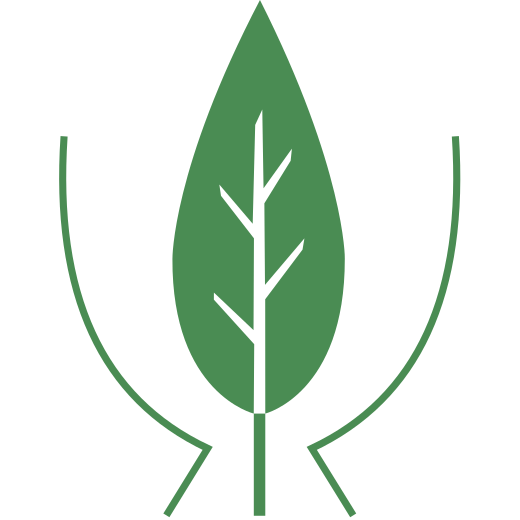
"Hallervorden-Spatz Syndrome" (HSS) and "Seitelberger Disease"
Obsolete designations with a Nazi past that should no longer be used.
Hoffnungsbaum e.V. is committed to ensuring that the correct, international and specific names are used for NBIA diseases, usually derived from the proteins or genes affected. When using the two obsolete eponyms, which are examined in more detail here, the problem of designations should always be pointed out and at least a "formerly" or "formerly" should be placed in front of the designations for identification.
The correct names and information for the individual NBIA variants can be found here: Info about NBIA
Background to the eponym "Hallervorden-Spatz Syndrome" (HSS)
Julius Hallervorden and Hugo Spatz were two prominent brain researchers who were involved in the so-called "euthanasia" program during the Nazi era. In 1922, they were the first to describe NBIA disease. For example, "Hallervorden-Spatz Syndrome" (HSS) was initially considered to be the name for what is now known as Pantothenate kinase-associated neurodegeneration (PKAN) NBIA variant and was later sometimes used as a synonym for other NBIA disorders. Today, at least ten NBIA variants are known, which can be traced back to different gene mutations, each with its own disease mechanism and course. Because of this vagueness, but above all because of the far-reaching involvement of Julius Hallervorden and Hugo Spatz in the systematic murders of disabled people and the sick by the Nazis, the eponym HSS should no longer be used today.
"Hallervorden-Spatz syndrome" (HSS) in ICD-10
Despite the problems described above, many NBIA sufferers are still diagnosed with "G23.0 Hallervorden-Spatz syndrome" because the individual NBIA variants are not yet listed in the ICD-10 (International Statistical Classification of Diseases and Related Health Problems). The additional mention of the correct and, depending on the variant, specific designations is appropriate and necessary.
For the future, Hoffnungsbaum e.V. Together with the NBIA Disorders Association and leading NBIA researchers, we ensured that all ten NBIA variants are listed in ICD-11 (successor to ICD-10) with their correct names and subtypes instead of HSS.
Background to the eponym "Seitelberg's disease"
The eponym "Seitelberg Disease" also provides a glimpse into the abysses of National Socialist machinations. The namesake, Franz Seitelberger, habilitated at Hallervorden, using brains from Hallervorden's collection, which have been proven to come from three children who were murdered in the context of so-called "euthanasia".
Today's correct name for the disease is Phospholipase A2-associated neurodegeneration (PLAN) or its early childhood subform Infantile Neuroaxional Dystrophy (INAD).
Sources:
- https://www.t4-denkmal.de/Julius-Hallervorden
- https://www.ifz-muenchen.de/heftarchiv/2002_4_2_schmuhl.pdf
- https://www.thieme-connect.de/products/ejournals/pdf/10.1055/s-0038-1637832.pdf
- https://www.news4teachers.de/2017/07/spaete-konsequenz-uni-giessen-entzieht-weiterem-prominenten-hirnforscher-posthum-die-ehrung/
- https://www.spiegel.de/politik/tiefstehende-idioten-a-c4ea7783-0002-0001-0000-000028990692
- https://www.aerzteblatt.de/archiv/27161/Medizin-in-der-NS-Zeit-Hirnforschung-und-Krankenmord
